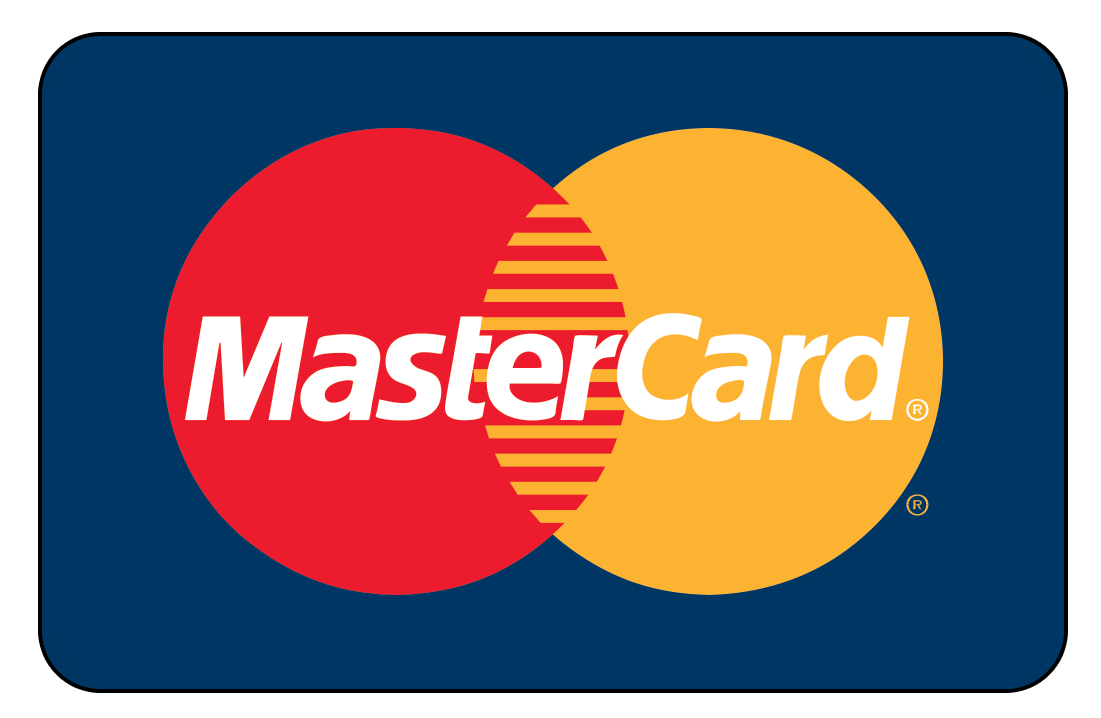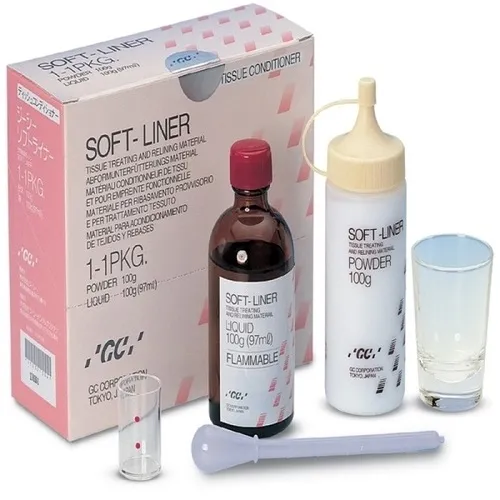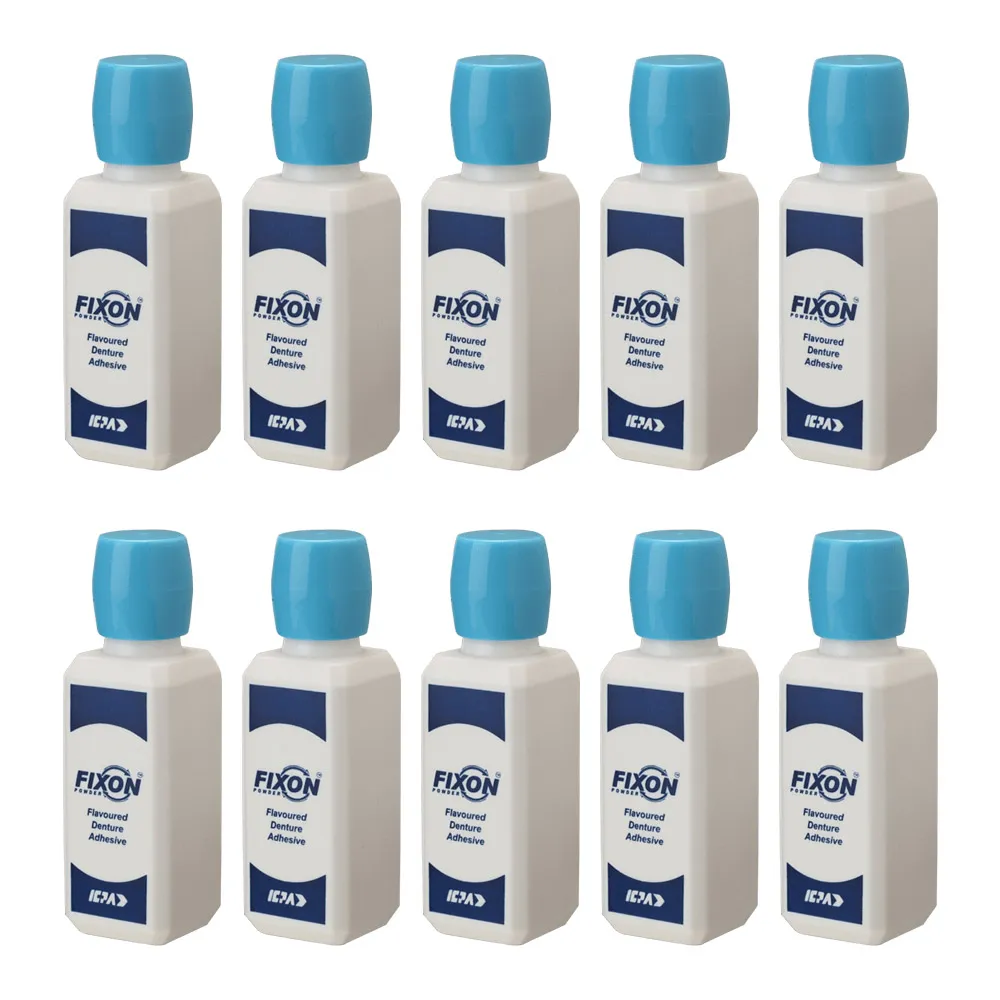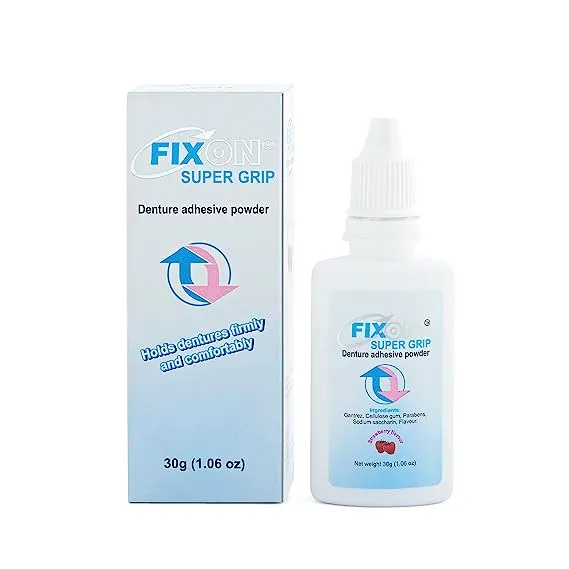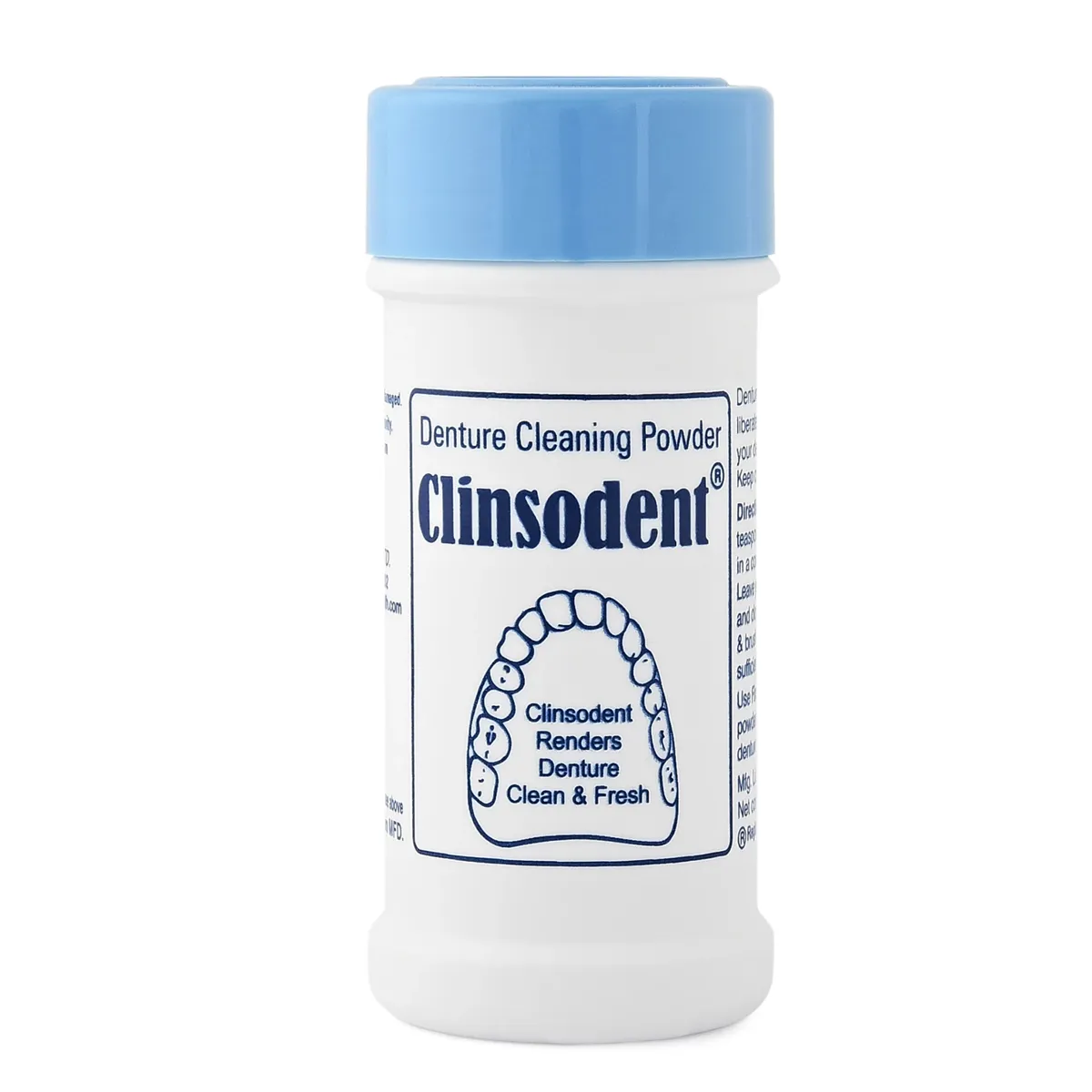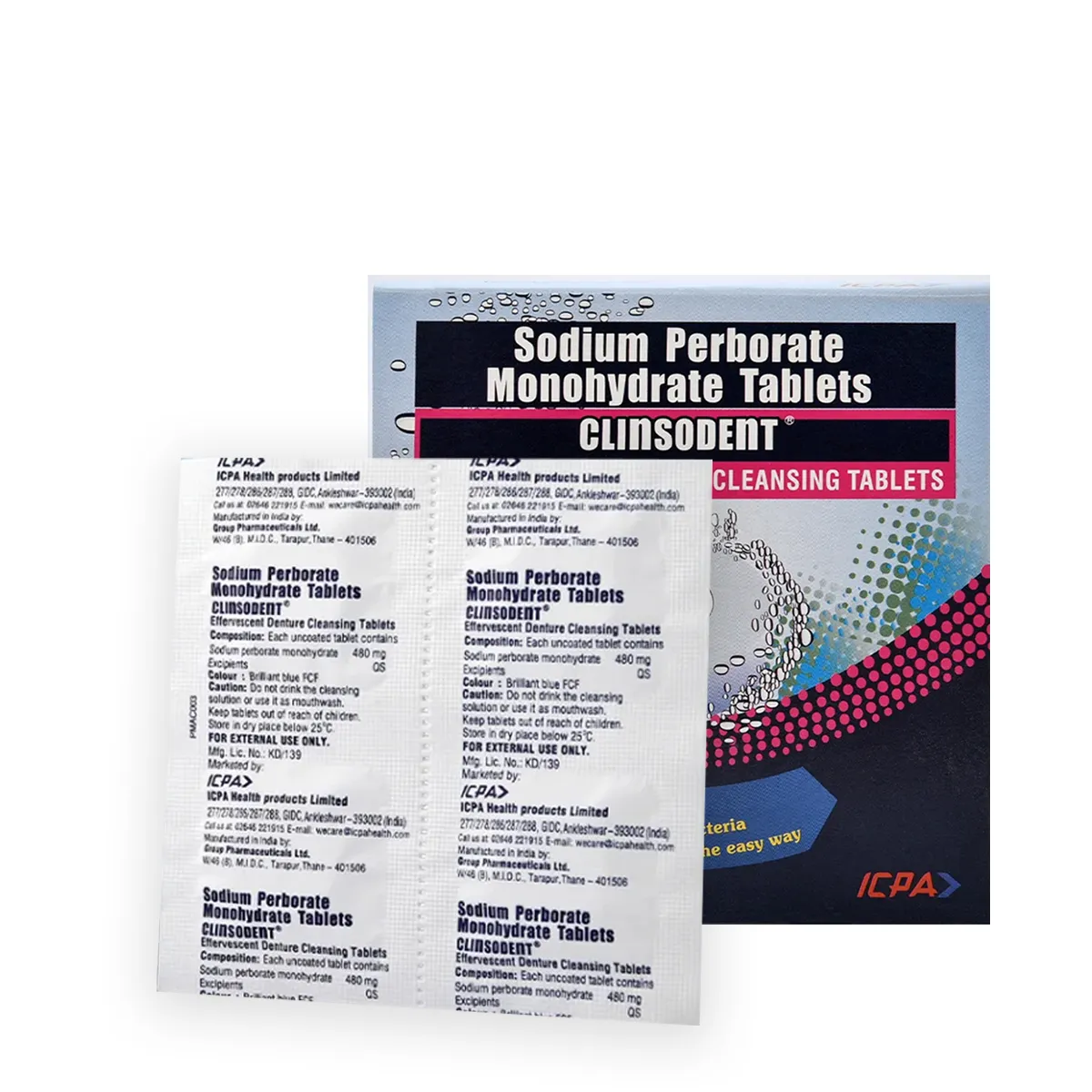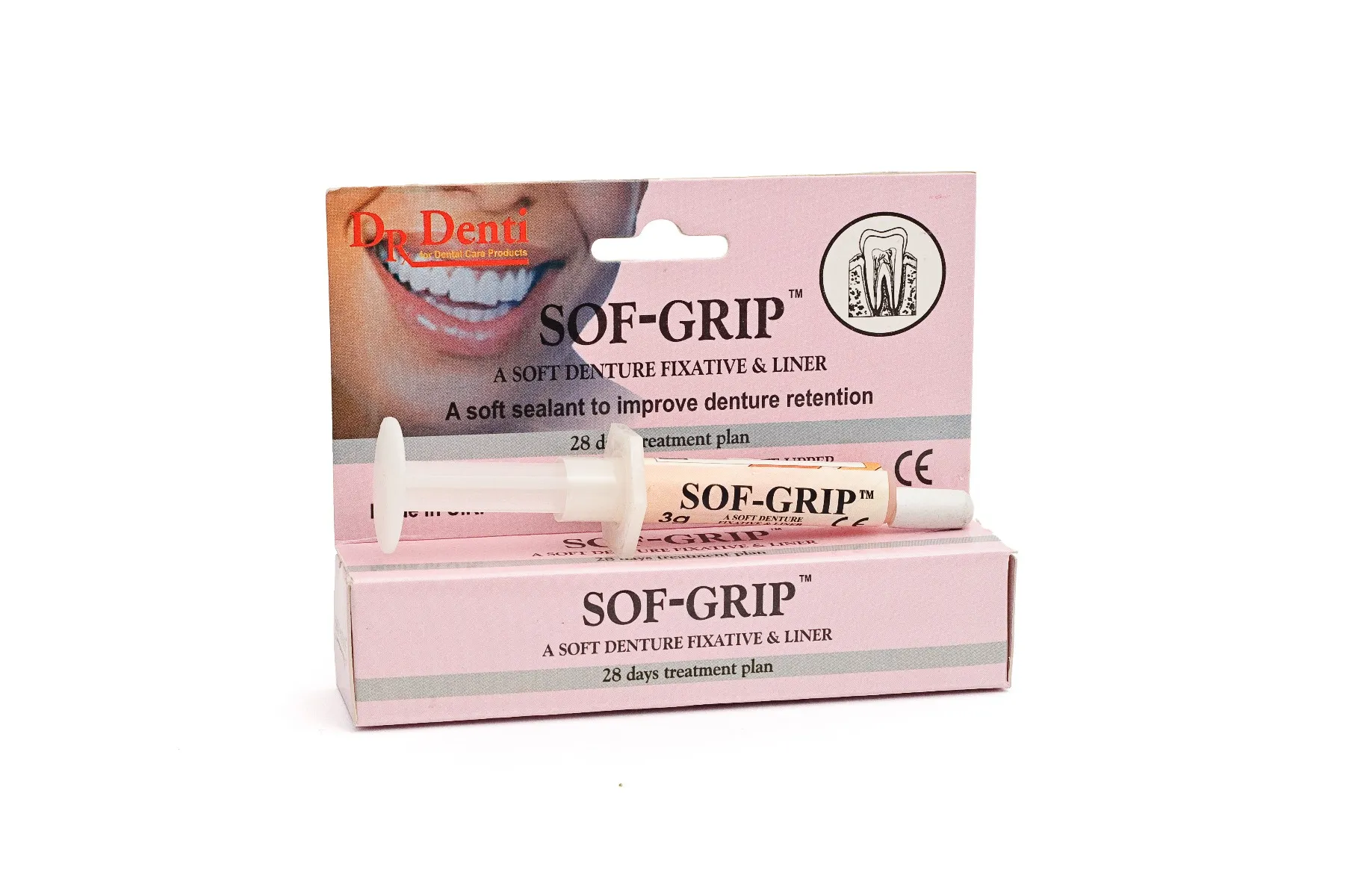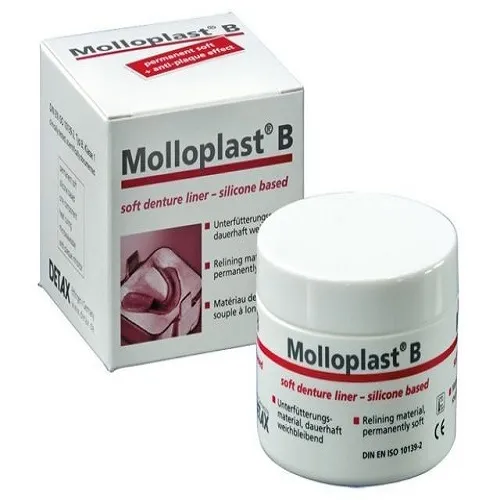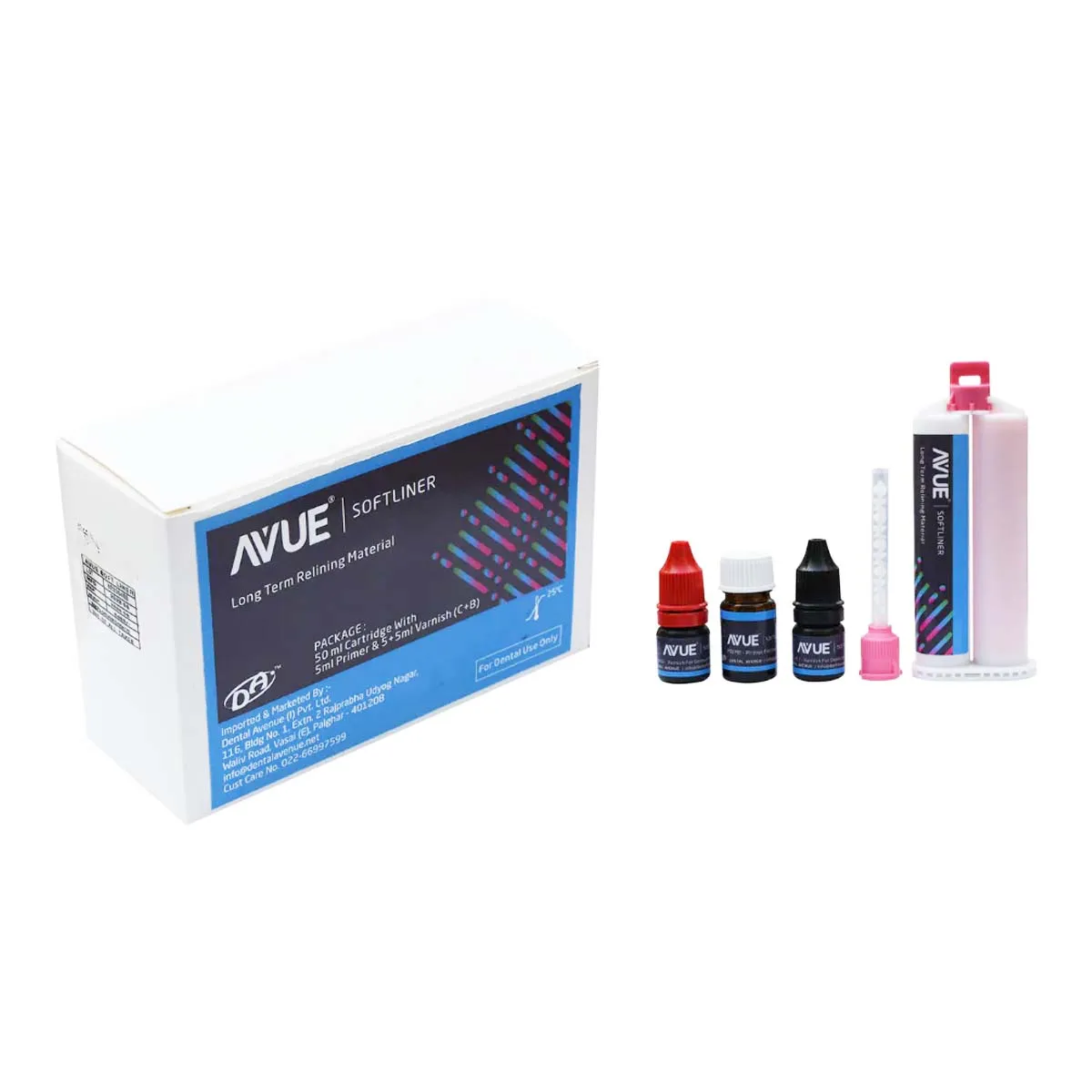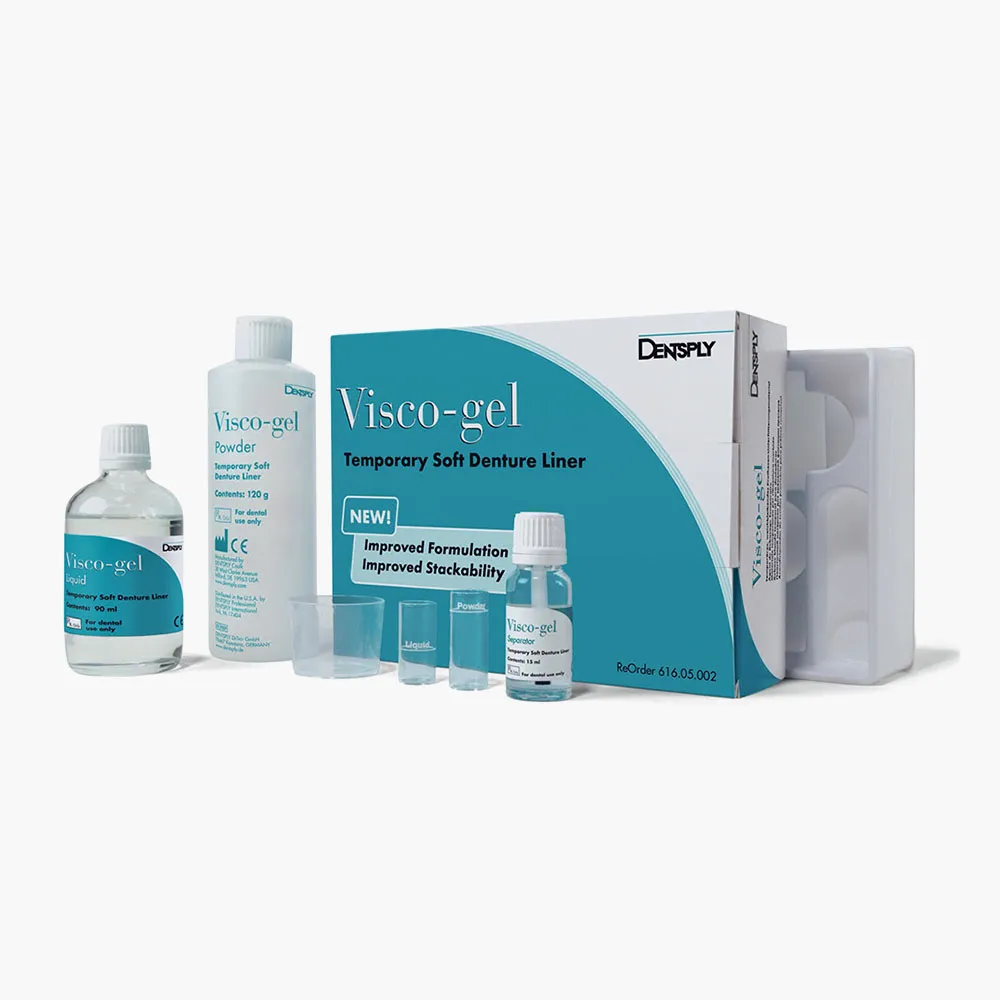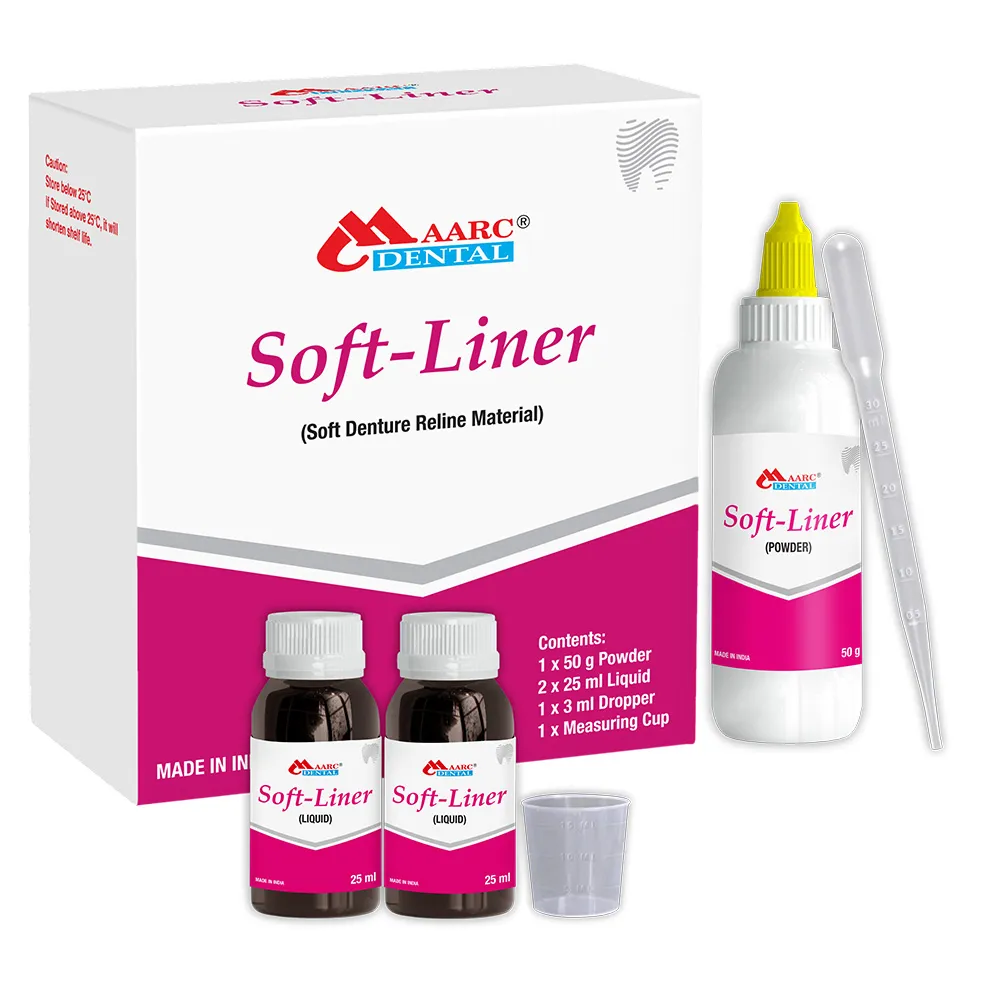Welcome to Dentalkart's Denture Relining Materials Category: Elevating Denture Comfort and Fit
In the world of dentistry, Dentalkart proudly presents its Denture Relining Materials category, dedicated to meeting the needs of dental professionals seeking optimal solutions for denture relining. Denture relining is a technique employed to enhance the fit and comfort of dentures, ensuring that they snugly adapt to the changing contours of the oral tissues. This category holds paramount importance in the field of dentistry, as it directly impacts the well-being and satisfaction of denture wearers.
Exploring Types and Composition: Crafting Optimal Comfort
Dentalkart's Denture Relining Materials category encompasses a diverse array of products, sourced from esteemed brands like Alphadent, Avue, GC, Medicept, Detax, Dentsply, and more. These materials exhibit unique compositions designed to enhance adhesive properties, durability, and biocompatibility. By offering both hard and soft denture relining materials, this category caters to various clinical scenarios, addressing the specific needs of each patient.
- Hard Denture Reliners: Hard denture reliners are more durable and long-lasting. They are typically made from acrylic materials that bond tightly to the existing denture base. The process involves applying a liquid or powder acrylic material to the denture and placing it in the patient's mouth to create an impression of the oral tissues. Once the material sets, it is trimmed and polished to fit the patient's mouth comfortably.
- Soft Denture Reliners: Soft denture reliners are more flexible and comfortable, making them suitable for patients with sensitive or sore gums. These reliners are made from silicone-based materials that provide cushioning and relief to the underlying tissue. Soft reliners are less durable than hard ones and may require replacement more frequently. They are especially beneficial for patients with irregular or constantly changing gum contours.
Reinvigorating Denture Experience:
The primary function of denture relining materials lies in their capacity to rejuvenate the denture-wearing experience. These materials are used to either resurface the interior of a denture (hard relining) or create a new, cushioning layer (soft relining). By restoring a secure fit and minimizing discomfort, dental professionals can significantly enhance patients' quality of life. Whether for short-term adjustments or long-term solutions, the Denture Relining Materials category at Dentalkart offers the tools necessary to achieve precisely tailored, patient-centric outcomes.
Dentalkart's commitment to providing dental professionals with top-tier resources is vividly exemplified through its Denture Relining Materials category. With an extensive range of products from renowned brands, practitioners gain access to a wealth of options that uphold the highest standards of quality and performance. This comprehensive selection empowers dentists to select the most suitable relining material for each unique case, thereby ensuring exceptional fit, comfort, and satisfaction for denture wearers.
Discover Dentalkart's Denture Relining Materials category, where innovation and excellence converge to redefine the comfort and functionality of dentures, setting the stage for elevated patient care and clinical success
Q: Which material is used for denture rebasing?
A: For denture rebasing, a process involving the replacement of the entire denture base material while retaining the existing teeth and denture setup, heat-cured acrylic resin is commonly used. This material provides the necessary properties of strength, stability, and biocompatibility required for denture bases. It allows for proper adaptation to the oral tissues and ensures a comfortable and functional fit for the patient.
Q: What are the different types of denture reline?
A: There are primarily two types of denture relines:
- Hard Denture Reline: In this type, a layer of acrylic resin is added to the tissue side of the denture to improve its fit and comfort. The denture is removed, and a mold of the oral tissues is taken. The mold is then used to create a new acrylic layer that adapts to the current contours of the patient's mouth. Hard denture relines offer a more stable fit and are longer-lasting compared to soft relines.
- Soft Denture Reline: Soft denture relines involve using a pliable material that remains softer and more flexible than traditional acrylic resin. This type of reline is particularly suitable for patients with sensitive or sore gums, as it provides a cushioning effect. However, soft relines tend to wear out more quickly than hard relines and may require more frequent adjustments.
Q: What is the difference between relining and rebasing?
A: Denture Relining: Denture relining involves adding a new layer of material to the tissue side of an existing denture to improve its fit and comfort. This process helps accommodate changes in the oral tissues over time, ensuring a snug and secure fit. There are two main types of denture relines: hard and soft. Hard relines use acrylic resin to create a new layer, offering stability and durability. Soft relines use a pliable material for enhanced cushioning, suitable for patients with sensitive gums.
Denture Rebasing: Denture rebasing is a more extensive process that entails replacing the entire denture base material while retaining the teeth and denture setup. This is usually done when the denture base material has deteriorated or when significant changes in oral anatomy require a new base. The teeth are removed from the existing denture, and a new denture base is created using a fresh batch of acrylic resin. Once the new base is set, the teeth are reattached to it.
In essence, denture relining addresses minor changes in fit and comfort by adding a new layer of material, while denture rebasing involves replacing the entire denture base material due to more substantial issues. The choice between relining and rebasing depends on the extent of the problem and the patient's specific needs.
Q: Which impression material is used for a reline?
A: For denture relining, a type of impression material known as elastomeric impression material is commonly used. Elastomeric impression materials include silicones (addition-cured or condensation-cured) and polyethers. These materials are chosen for their accuracy, flexibility, and ability to capture detailed impressions of the oral tissues, ensuring that the newly added layer or base of the denture fits precisely and comfortably.
Q: What considerations should I keep in mind when choosing a denture relining material for patients with significant gum sensitivity or allergies?
A: Opt for soft denture relining materials from reputable brands, as they provide enhanced cushioning and minimize potential allergic reactions. Prioritize products that have been clinically tested for biocompatibility and sensitivity concerns.
Q: How do I handle patients who experience discomfort during the denture reline procedure, especially those with sensitive oral tissues?
A: Managing patient discomfort requires a multifaceted approach. Applying topical anesthetics, incorporating distraction techniques, and communicating effectively can help alleviate their concerns and ensure a smoother procedure.
Q: What strategies can I employ to achieve accurate impressions for denture relining, particularly in cases with significant tissue changes?
A: Achieving precise impressions amid tissue changes can be challenging. Utilizing elastomeric impression materials with high tear strength and employing tissue management techniques, such as retraction cords, assists in capturing accurate impressions.
Q: How can I achieve consistent and accurate impression results for denture relining in cases of severely resorbed edentulous ridges?
A: Utilizing techniques like functional or selective pressure impression can help mitigate challenges posed by resorbed ridges. Employing high-viscosity elastomeric materials and ensuring proper tray adaptation are also crucial for accurate impressions.
Q: How can I ensure accurate color matching and esthetics when reapplying acrylic resin during the relining procedure, especially when working with multi-shade denture teeth?
A: Achieving accurate color matching involves meticulous shade selection, employing layering techniques with compatible acrylic resin shades, and considering the use of intrinsic staining techniques to replicate the varying shades of multi-shade denture teeth during the reline process.
Q: How can I address the intricacies of denture reline procedures in patients with severely atrophic ridges, where achieving optimal retention and stability is exceptionally challenging?
A: In complex cases, exploring implant-retained overdentures or utilizing attachment systems can enhance retention and stability. Employing augmented techniques like tissue grafting or ridge preservation may also be considered for a more stable foundation.
Q: What are the advanced materials and techniques for incorporating soft liners into hard denture reline procedures, catering to patients with pronounced tissue sensitivities or chronic irritation concerns?
A: Combining hard and soft denture reline techniques involves utilizing resilient silicone-based soft liner materials. Employing tissue conditioner applications or interposing soft liners over hard relines addresses sensitivity and enhances comfort for patients with chronic irritation.








